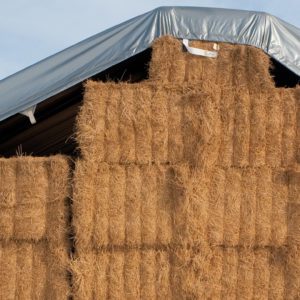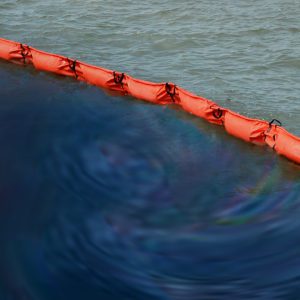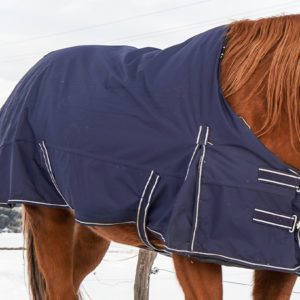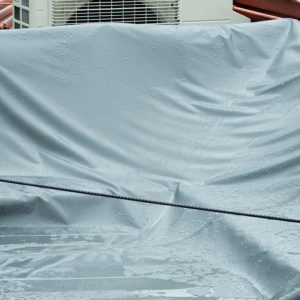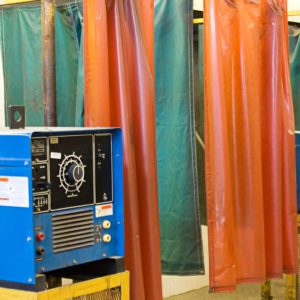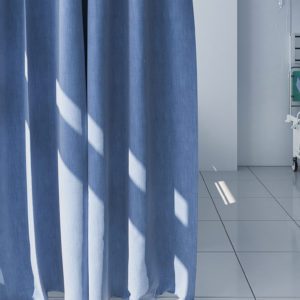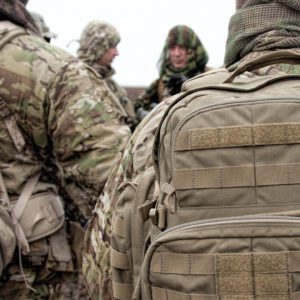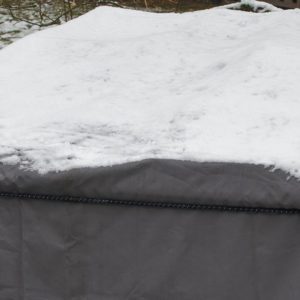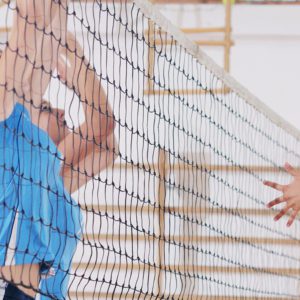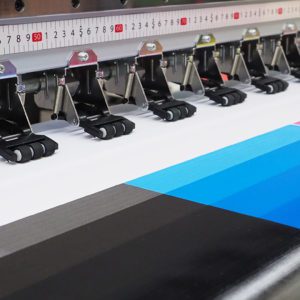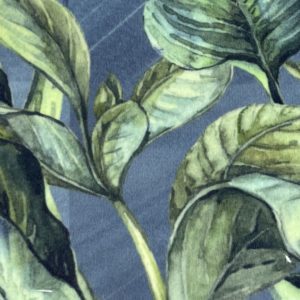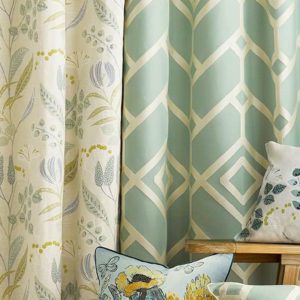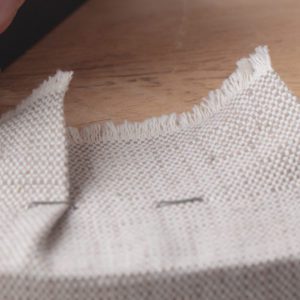Dyeing Nylon
Nylon 6,6 is more difficult to dye than Nylon 6, but has better colorfastness to light. It also tends to streak, which isn’t necessarily a bad thing. Many people associate streakiness with Cordura® fabric – a signature characteristic. However, if consistent color without streaks is desired (and the extra durability is not needed), Nylon 6 might be the better choice. As always, it depends on the application and price point.
Nylon 6,6 streaks more because it has a higher level of titanium dioxide and has fewer dye sites. The harder it is to dye a product, the harder it is to get the color out. Hence, nylon 6,6 generally has better UV degradation properties and colorfastness. Nylon 6 dyes great, has nice level dyes with hardly any streaks (unless induced by the weaver) however it is not as strong as Nylon 6,6.
Fun fact: acid dyes are used when dyeing nylon and other protein fibers, like natural silk and wool.
Printing on Nylon
There are two methods preferred for printing nylon: wet and pigment. These methods achieve the best colors. Just like dyeing fabric, acid dyes are used for nylon printing. Wet printing is typically a little more expensive but will get you better color fastness for washings. For apparel, you likely would use wet printing. There may be large minimums due to the extra steps needed using a steam box to set the dye. Pigment is sent through a heat tunnel to set.
Non-textured nylons like Taffeta, Oxford, and Pack Cloth are prone to being streakier because it’s more difficult for the dye to penetrate into the fibers. Camouflages tend to be an easier print versus a detailed print like a paisley.
Textured nylons like mid-weight soft textured nylon and Cordura® fabric will print more effectively since the dyes can penetrate deeper into the fibers. Additionally, flat (non-textured yarns) may slip during print, skewing the pattern.
Tips from a TVF Expert
Nylon can also be printed via dye sublimation, however, the colors are not as vibrant as polyester, and neither colorfastness to light nor colorfastness to washing are very good.
Dye sublimation done on nylons for apparel can begin to fade after time and take on a vintage, distressed look.
